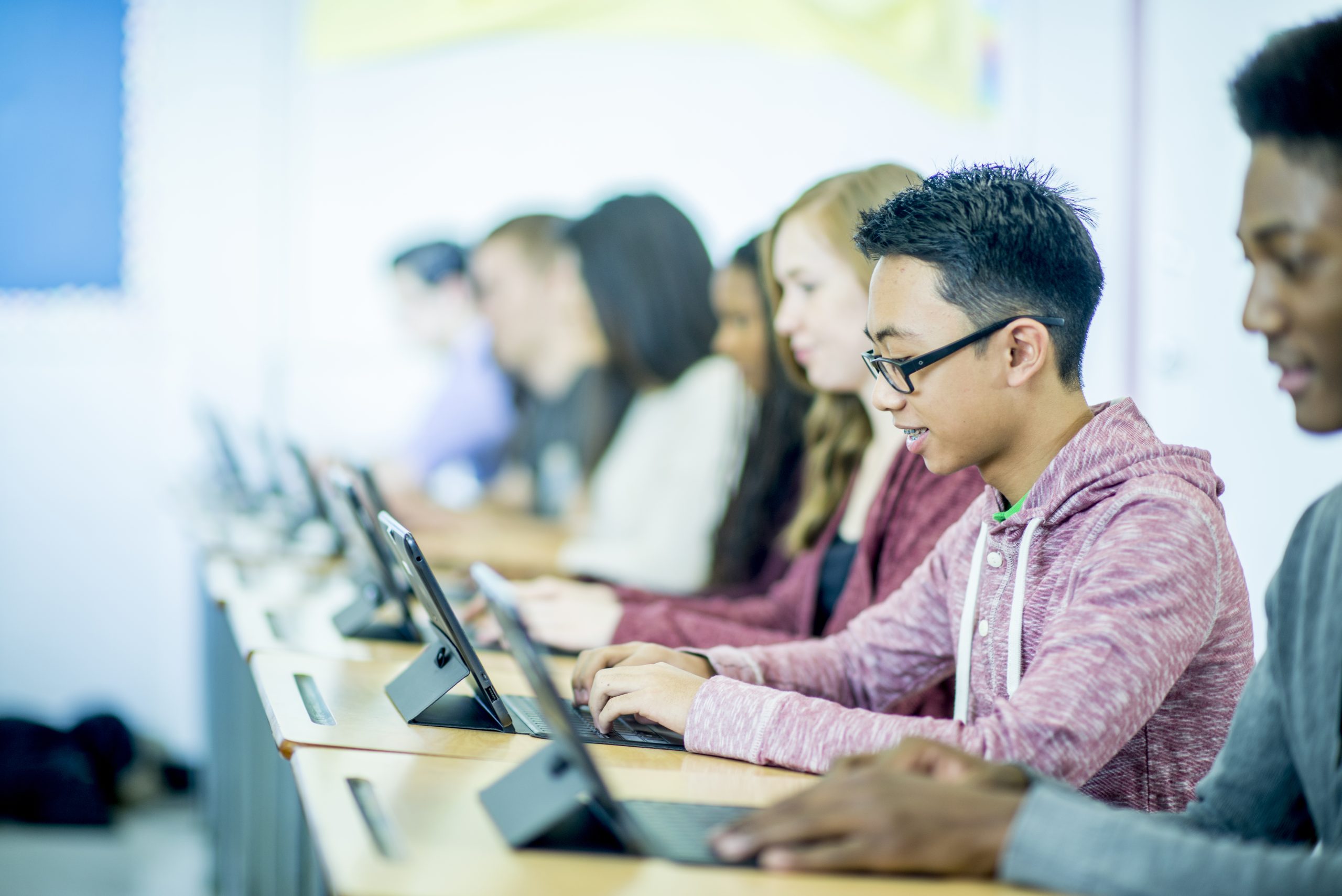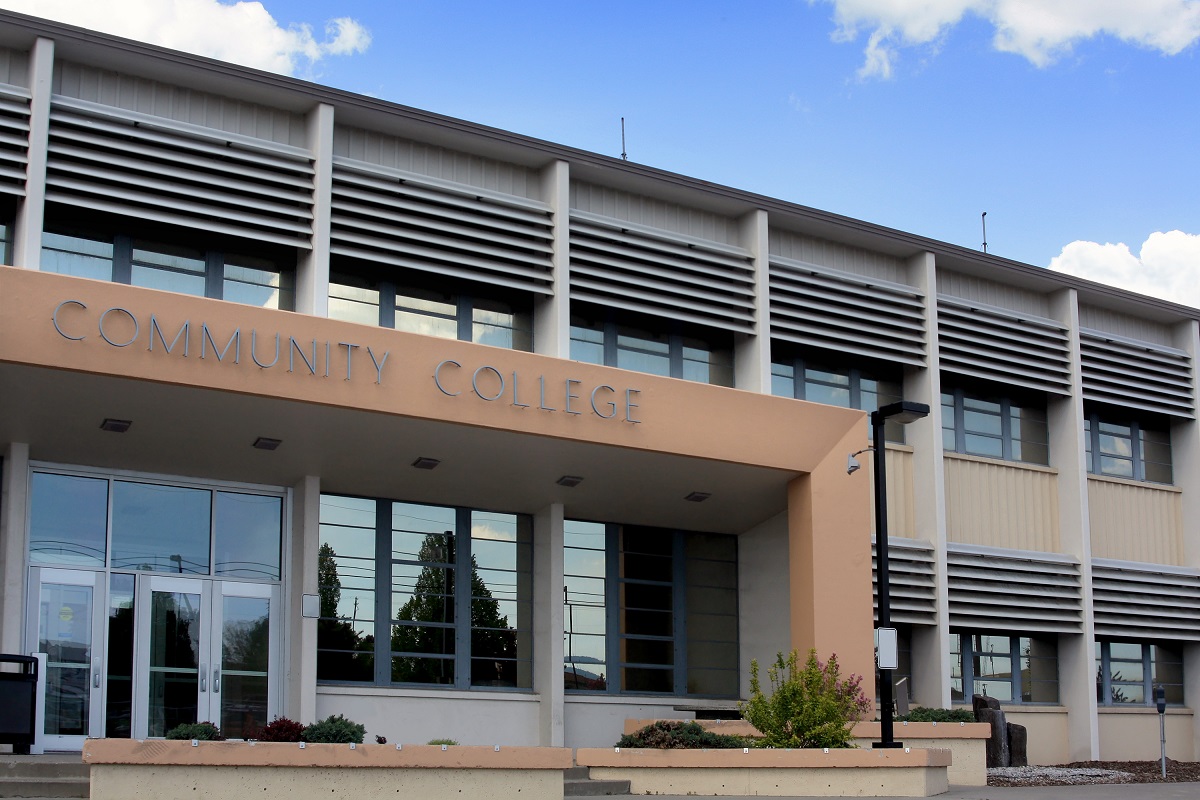Released in December, the 2022 Program for International Student Assessment (PISA) scores plummeted overall. The 2022 exam showed an unprecedented drop in math scores from 2018 to 2022, which is three times worse than any other year. Around 690,000 students took the PISA in 2022, representing about 29 million 15-year-olds from schools in 81 participating countries. Created in 2000, the PISA aims to test the knowledge and skills of students using an internationally agreed-upon metric to collect data from students, teachers, schools and systems to understand performance differences. The PISA is administered by the Organization for Economic Cooperation and Development (OECD).
While United States student scores held relatively flat in reading, they fell by 13 points in math, which is the equivalent of two-thirds of a year of learning. Only 7 percent of U.S. students can do advanced math, and affluence is no guarantee of student performance. Wealthier U.S. students were outscored by average-performing students in Japan, South Korea and Hong Kong.
The results and issues surrounding American education were discussed in a Feb. 1 webinar hosted by the Progressive Policy Institute featuring Peggy G. Carr, commissioner of the National Center for Education Statistics in the Institute of Education Sciences, U.S. Department of Education; Andreas Schleicher, director of the Directorate of Education and Skills at OECD; and Jonathan A. Supovitz, professor of Policy, Organizations, Leadership, and Systems Division, University of Pennsylvania, Graduate School of Education, and director of the Consortium for Policy Research in Education.
The PISA results represent that the gap between what our society expects from education and what our school systems deliver is becoming wider, said OECD’s Schleicher. “Essentially, skill demands are rising and we have seen flatlining and, recently, declining learning outcomes across OECD [countries] and that is a real concern.”
Schleicher spoke about the concerns raised by these latest results.
The U.S. ranked 28th out of 37 countries on the 2022 PISA, with concerning levels of achievement gaps between low-income and wealthier students. Schleicher asserted that while education spending levels in the US on average are “well above the OECD average, that doesn’t match the outcomes.”
Schleicher also expressed concern about the low level of confidence among young people in the U.S. in learning autonomously. “What we see in the US is the share of students with confidence to be autonomous, self-regulated learners is lower than the average across countries.”
Finally, Schleicher noted that another part of the problem is that students do not feel safe. “You have a large share of young people who do not feel safe in their school,” he said. “In fact, in the U.S., the share of students who do not feel safe in school is larger than in Ukraine where schools are under threat every day from external forces.”
NCES’ Carr said the dismal drop in PISA math scores reflects historically low results on the National Assessment of Education Progress (NAEP), also known as the Nation’s Report Card. “We definitely have a problem,” she declared. “And the distribution of the drops reiterates where the problem is — those students who are struggling the most were impacted the most by the pandemic and these data tell us a story about where we need to be focusing.”
The interesting thing about both the PISA and NAEP is that they are not connected to any particular curriculum, said Supovitz. “They give us an opportunity to gain perspectives that we wouldn’t otherwise have,” he said. “But those perspectives need to be seen as opportunities for us to ask questions. Why is it that math performance is so much worse than reading and science? Why is it, in the United States, that performance in math decline, but the gaps were not exacerbated? These international perspectives give us an opportunity to sit back and reflect and ask these questions that can drive our system forward.”
Pandemic and technology
While many countries with school closures did show drops in scores, there was not enough consistency to nail it down as anything but one more contributing factor, according to Schleicher. “Overall, the pandemic has been a factor in the decline, but its not the only one. To some extent, technology use for leisure has a stronger relationship to the drop in scores than the pandemic.”
The 2022 PISA surveyed students about school safety, parent engagement in learning (down throughout all OECD countries), learning during COVID-related closures and the personal use of phones and other digital devices in the classroom.
“What we do see very clearly is that where students use their own devices for their own purposes in school, it is strongly negatively correlated with outcomes — that is with every country,” Schleicher said.
PISA data shows that in the 13 countries it surveyed, more than two thirds of students attend schools where mobile phone use is prohibited. It was found that the level of distraction in these countries was lower. However, despite the seemingly positive effects of a mobile phone ban, enforcement seems to pose an issue. Even in countries with a mobile phone ban, 29 percent of students reported using their phone several times a day.
School system structure
Finally, the group discussed how the way school systems are structured contribute to outcomes. Schleicher explained that in higher performing participants like Japan, Hong Kong and South Korea, teachers spend less time in the classroom than U.S. educators, but longer working hours overall. These hours are dedicated to collaboration with other teachers, dedicated support to struggling students and even connecting with families.
“These close relationships between students and teachers create the environment where disadvantaged kids can get really good support,” Shleicher explained. He also cited examples of this kind of system in Northern Europe and Canada. “Schools in these systems are focused on teachers being responsible not just for knowledge but for a whole range of student outcomes, the social welfare and cognitive development — and the work is organized around that.”





